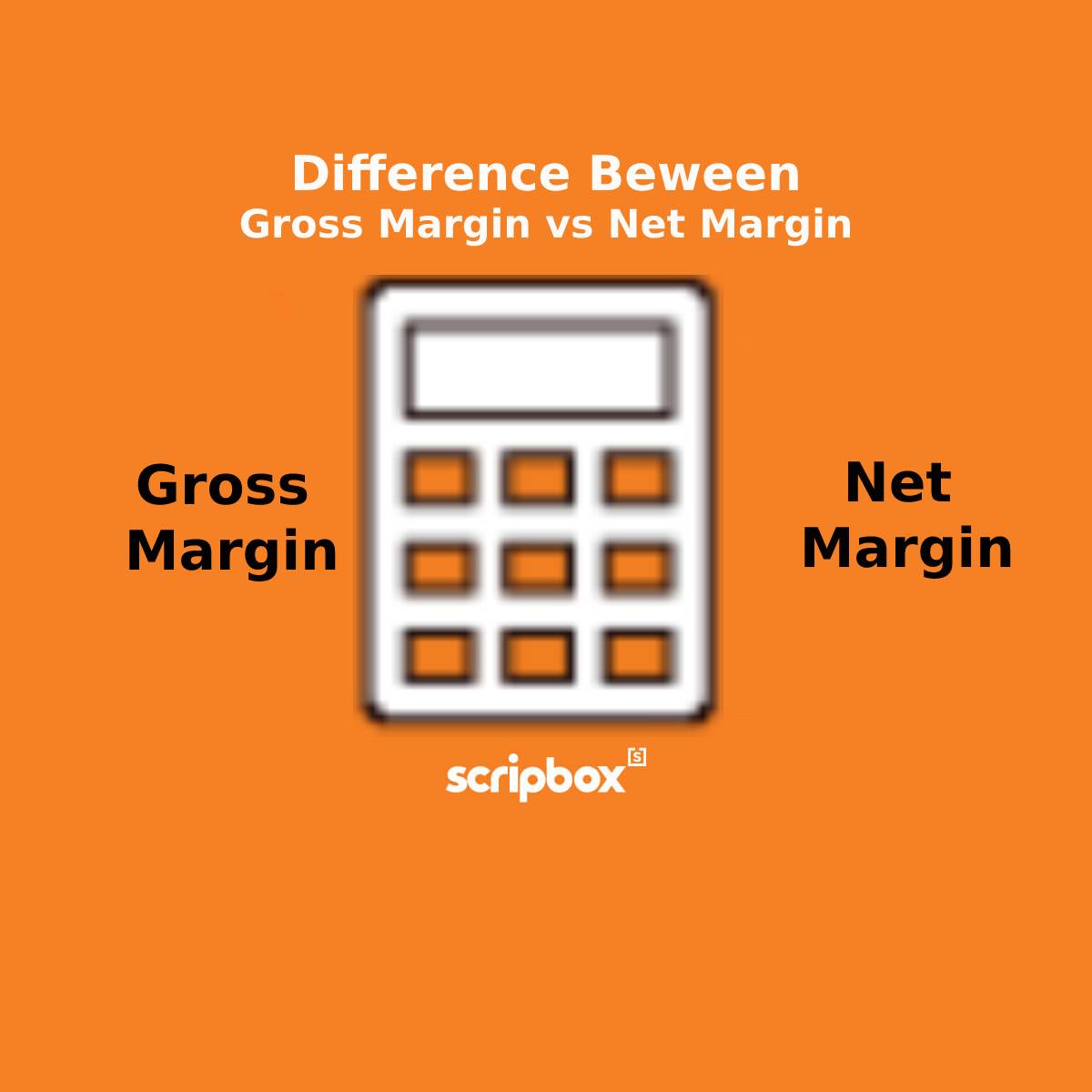Anything can lead to the market breaking resistance levels (highs) and support levels (lows). Investor sentiments, credit ratings and any rumour about the company are just a few examples that lead to volatility in the market. These market movements can lead to a stock being overvalued or undervalued compared to its intrinsic value (book value). In other words, the stock is either available at a premium or at a discount on the stock exchange. Value investors believe in investing in stocks trading at a discount. They hunt for undervalued stocks and invest in them. In this article, we have covered the basics of value investing.
What is Value Investing?
Value investing is an investment strategy that involves purchasing stocks or securities that are under-priced. In other words, the strategy helps in identifying securities that are trading below their intrinsic value. Value investing was first started by Benjamin Graham and David Dodd in 1928.
The intrinsic value of a share is determined by doing fundamental analysis of the company. Value investing strategy capitalizes on the potential profits by purchasing stocks at low prices. However, these companies have good potential, though they are unpopular and undervalued.
Therefore, value investors are constantly searching for securities that in their opinion, the stock market is underestimating. Also, value investors believe that market reactions to good or bad news give them an opportunity to buy stocks at lower prices. However, they firmly believe that company financials are more important while investing to build wealth for the long term.
Value investing is among one of the strategies the stock market genius Warren Buffett swears by. Also, there have been various analyses proving value stocks perform better than growth stocks in the long term.
How Does Value Investing Work?
Value investing is quite simple and straightforward. If an investor identifies stocks trading at a lower price than its intrinsic value, they invest in the stock without a doubt. However, analyzing the fundamentals of the company is very important. Upon identifying stocks based on their intrinsic value, value investors start accumulating them and hold for long periods.
Let’s understand value investing with a simple example. During a seasonal sale, the products are offered at a discounted price. Mr Krish wishes to buy a laptop. During a discount sale, he is getting a very good deal for it. It makes sense for him to buy the laptop at a discount as the actual price is higher. He is getting the same features and specifications for a lesser amount during the sale.
Similarly, identifying stocks that are currently undervalued and investing in them may help in earning good returns. However, the investor should make sure the company is fundamentally strong and has good business expansion plans for the future.
Therefore, through value investing, investors identify and invest in stocks that are currently undervalued. Also, holding them for longer durations is the key to earning better returns.
Recommended Read: Value vs Growth Investing
How to Calculate Intrinsic Value?
The intrinsic value of a business is the book value or fundamental value (true value) of a business. It is independent of market perceptions. One can calculate the intrinsic value of a business using its financial statements. There are many methods to value a business. However, the most commonly used one is the Discounted Cash Flow model (DCF).
This model determines the stocks intrinsic value (true value) by estimating the current value of its future free cash flows. It is the actual worth of the underlying stock. In simple terms, if one were to sell the business (including the assets) today, it is the amount it would receive.
Free Cash Flows is the amount of cash flows a firm generates post taxes. The cash flows are calculated after considering the operating cash flows, investing cash flows and financing cash flows. There are two types of free cash flows. Free Cash Flow to Firm (FCFF) and Free Cash Flow to Equity (FCFE). The significant difference between the two cash flows is the consideration of interest expense and debt repayments. FCFF excludes the impact of debt repayments and interest expense. At the same time, FCFE accounts for interest expense and debt repayments. Whether one chooses FCFE or FCFF, the formula for calculating the intrinsic value is the same in both cases.
The formula for the intrinsic value of a business using the Discounted Cash Flow model (DCF) is:
Where,
CFn = Cash flows for the period n
r = discount rate or weighted average cost or capital (WACC).
g = growth rate of future cash flows
The cash flow for each year is calculated and discounted. And since the business has perpetual existence, it is important to determine the future cash flows for an infinite number of years. But doing so can be difficult as one doesn’t know the number of years the business will actually exist. Hence there is the concept of terminal value. Terminal value is all future cash flows of a firm. It is calculated by using the last year’s future cash flows and the growth rate that these cash flows will increase each year.
The value from the above formula is the intrinsic value of the business. And to determine per-share value, one has to divide it by the number of outstanding shares in the market.
If the intrinsic value per share is lower than the current market share price, then the stock is overvalued. However, if the intrinsic value per share is higher than the current market share price, then the stock is undervalued. Value investors will jump right in and start accumulating these undervalued stocks at the current share price. And when the share price starts going up, they earn good returns.
Warren Buffett believes that one has to invest in businesses that they understand. Hence investors have to perform a qualitative analysis as well. In doing so, they will understand the business, their strategies, competitive advantage, and the management style better. Companies having a better competitive advantage will fare well in the long term.
How to Derive Intrinsic Value?
To invest in any stock, there are certain ratios analysts consider. They give a fair idea of the value of the stock. With the help of the company’s financial statements, one can get a rough idea of whether a stock is overvalued or undervalued using these ratios. Below is a beginners guide to valuing stock prices. Before arriving at a decision, one can use two ratios together instead of using the below ratios as standalone.
Price to Earnings Ratio
Price to earnings ratio or PE ratio compares a business’s earnings per share (EPS) and the current market price. It shows how much an investor is paying for one rupee of the company’s earnings. A higher PE ratio indicates investors are spending more for one rupee of the company’s profit. A lower PE ratio means investors are paying less for one rupee of a company’s profit.
PE ratio is calculated by dividing the current market price with current or historical or expected EPS of the company. EPS is calculated by dividing the bottom line of a business (net profits) by the number of outstanding shares. PE ratio helps in comparing individual stocks within one industry. One cannot compare PE ratios of individual stocks from two different industries.
Price to Book Ratio
Price to book (P/B) ratio compares the book value per share to the current market price of a company. Book value is the value of the company if all the assets liquidated. Book value per share is calculated by dividing the book value by the number of outstanding shares. PB ratio indicates how much the investors are willing to pay for one rupee of the company’s assets. A lower PB suggests the stock is cheaper and discounted. A high PB indicates otherwise. This financial ratio doesn’t take the company’s intangible assets like brand and goodwill into consideration.
Return on Equity
Return on equity measures the profitability of a company in relation to its equity. It is calculated by using the net profit of the business. The net profit is divided by the shareholder’s equity. Both net profit and shareholder’s equity is available in the company’s financials. It is indicated as a percentage. A high ROE means the company is making high profits. One can use return on equity and PE ratio to determine if the stock is available at a discount. A high and rising return on equity with a low historic PE indicates the company stock is available at a discount.
Debt to Equity Ratio
Debt to equity ratio is a financial ratio that indicates whether a company is over-leveraged or under leveraged. In simple terms, it shows in what proportion that company is using debt and equity to finance its assets. It is calculated by dividing the company’s debt with shareholders equity. A high debt to equity ratio indicates the company is over-leveraged. A low debt to equity suggests the company is using less debt to finance its assets. A low debt to equity ratio is always better. Ideally, 2:1 should be the debt to equity ratio.
Price Earning to Growth Ratio
Price to earnings growth ratio (PEG) takes into consideration the company’s earnings growth while calculating the PE ratio. It helps in identifying cheap stocks which are growing. Investors should always pick stocks with positive earnings per growth ratio. One has to consider the past few years of growth rate while selecting a stock. A company with consistent growth is better.
Check Out: Types of Ratio Analysis
Advantages of Value Investing
Following are the advantages of value investing:
Good Stocks at lower rates
This is one of the biggest advantages of value investing. The strategy helps in identifying securities that have good potential and are currently trading lower to their intrinsic value. Investing in securities that are presently underpriced on the stock exchange will help in churning higher returns in the future. Also, as these stocks are not popular in the market, value investors can get the stocks for a less price. Investing in value stocks can provide a margin of safety of an investor. The margin of safety is the difference between the intrinsic value of the price and the current market price of the stock.
Proven Strategy
Value investing was first started by Benjamin Graham and David Dodd in 1928. For over a century, the strategy has been in use. Value investing has proven to be a successful investment strategy over time. Also, a value stock has the potential to become multibagger stock.
However, investors need to get the stock-picking right. When done right, value investing has given high profits for investors.
Investing backed by Facts
Analysts select value stocks after doing an in-depth fundamental analysis of the company. The strategy suggests doing a comprehensive study of the company and also its future prospects. Therefore, investing based on solid research and facts is a better strategy than speculating.
Disadvantages of Value Investing
Risk factor
There is a big risk in investing in undervalued stocks. Any miscalculation may result in heavy losses. Therefore, investors have to be mindful and willing to undertake the risk.
Diversification
Investing in value stocks that belong to a particular sector increases portfolio risk. Lack of diversification will result in losses when the sector falls. An intelligent investor always knows that he/she shouldn’t put all their eggs in one basket. To diversify, it is always better to invest across market capitalization such as blue chip stocks, mid cap stocks, and small cap stocks.
Blue chip stocks are also known as large cap stocks. They are established businesses and are the top 100 stocks by market capitalization. Mid cap stocks are stocks that rank between 101 and 250. Small cap stocks are stocks after the rank 250.
Holding period
It can take years for a value stock to maximize its intrinsic value. However, there is no guarantee that it would reach its full potential. Hence, long holding periods and uncertainty make value stocks risky.
Explore: What is Factor Investing?
Things To Consider While Opting Value Investing
- The concept of intrinsic value of the business is very important. One has to always know the intrinsic value of the business to access the stock.
- Also, invest in stocks that are undervalued. This is one of the main principles of value investing.
- Do not follow the herd mentality. Invest in stocks that others are ignoring.
- Value investing is long term. An intelligent investor is always patient enough with their investments.
One has to be very careful while calculating the intrinsic value. Any miscalculation might lead to heavy losses. Hence investors with high-risk tolerance can consider investing in value stocks.
One has to be mindful while doing these calculations. It is always advised to take help of a financial advisor if one cannot perform such complex calculations. A financial advisor will do these calculations and recommend stocks based on their intrinsic value. Additionally, a financial advisor will also help in making investment decisions while devising a financial plan and help in buying stocks for the portfolio. Also, some of the other services provided by financial advisors are tax planning, portfolio monitoring and revising.
Value Investing in Mutual Funds
Alternatively, they can invest in mutual funds (value funds) that practice value investing as their core strategy. One such category of equity mutual funds is value funds. These funds use a value investing approach to invest in stocks.
The other categories of equity mutual funds are large cap fund, mid cap fund and small cap fund. Equity Linked Saving Schemes (ELSS) are also equity mutual funds. One can invest in Equity Linked Saving Schemes (ELSS) for tax planning. As they qualify for income tax exemption under Section 80C of the Income Tax Act.
Mutual funds also offer hybrid funds and debt funds. To know more about them, read a beginners’ guide on how to invest in mutual funds.
























Show comments